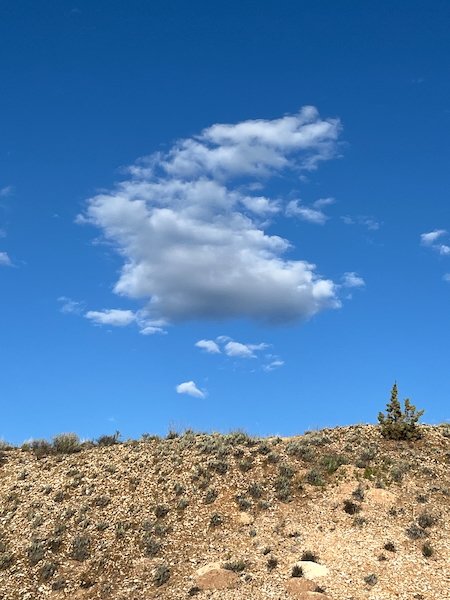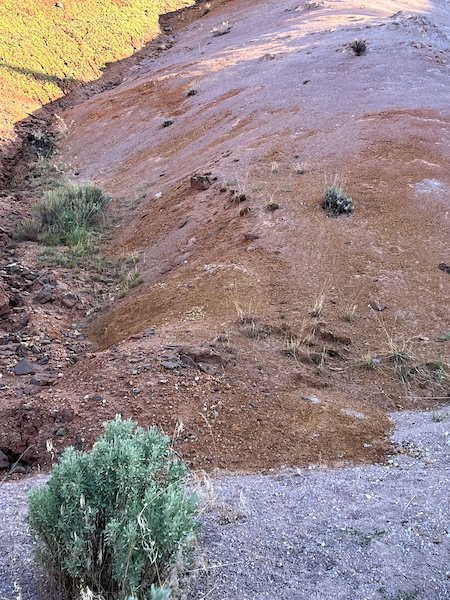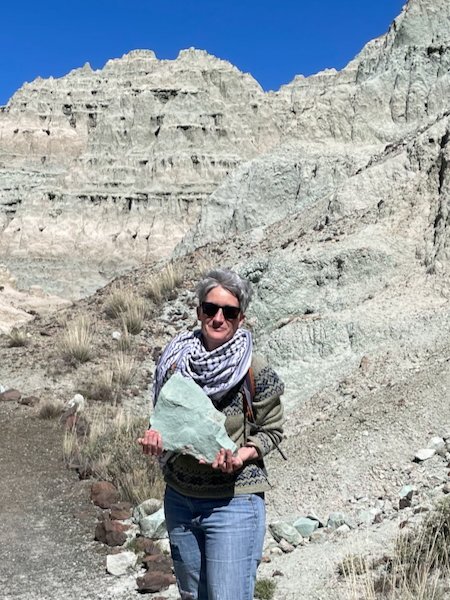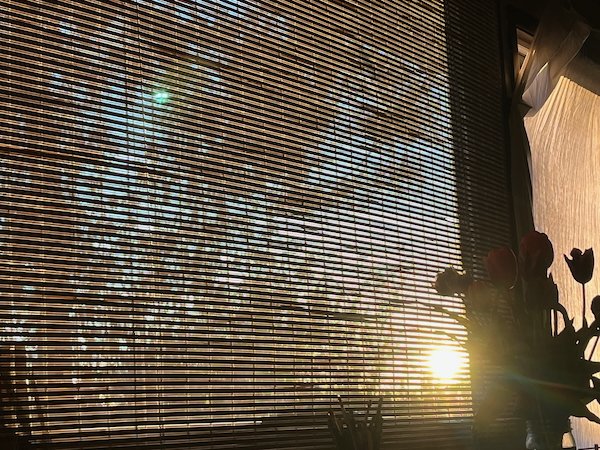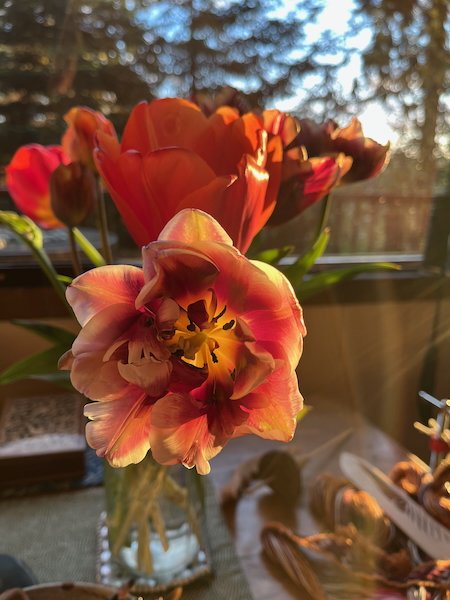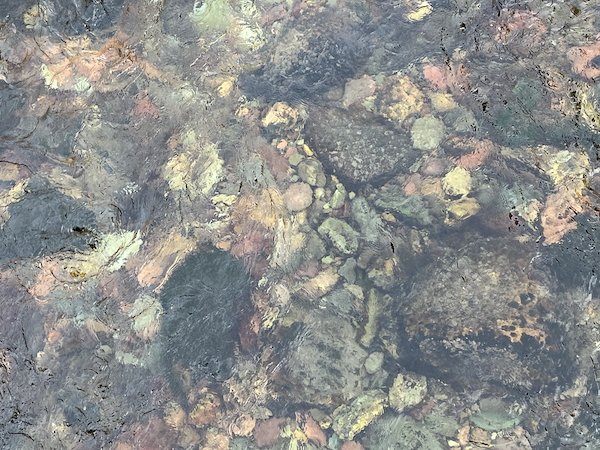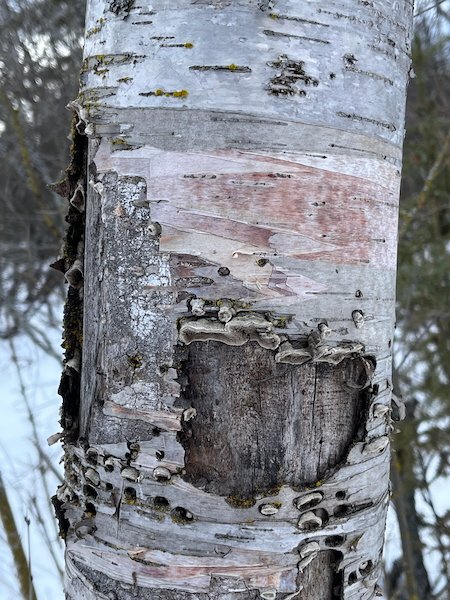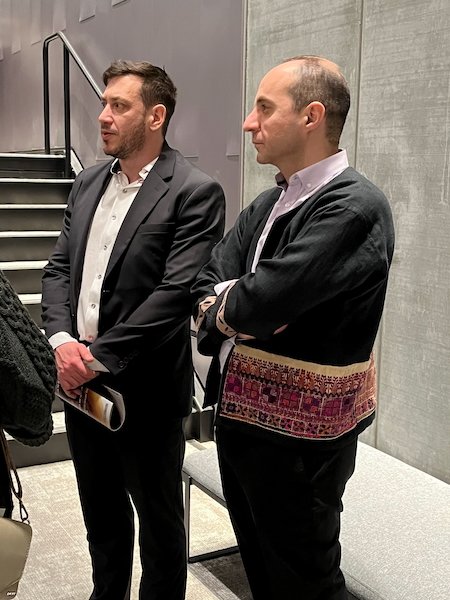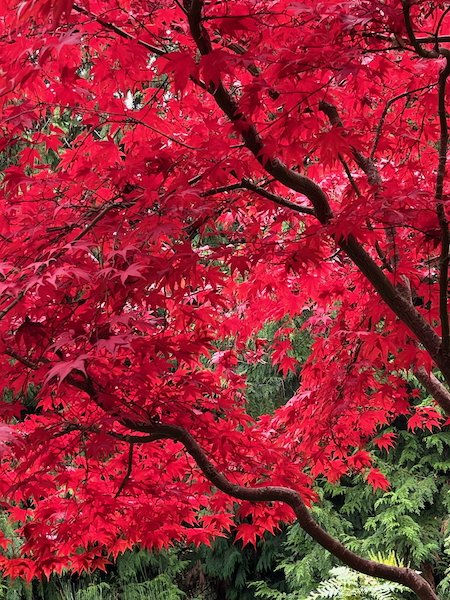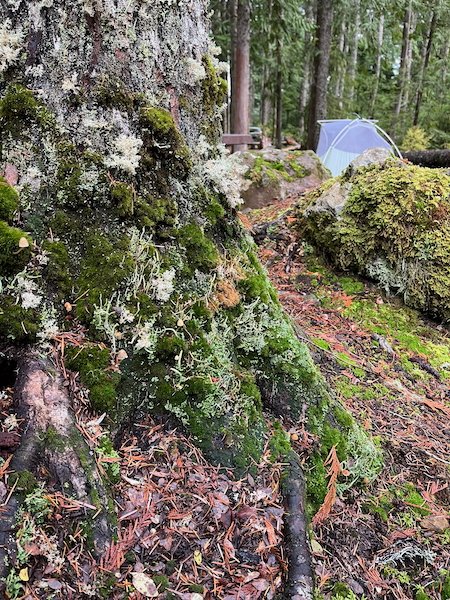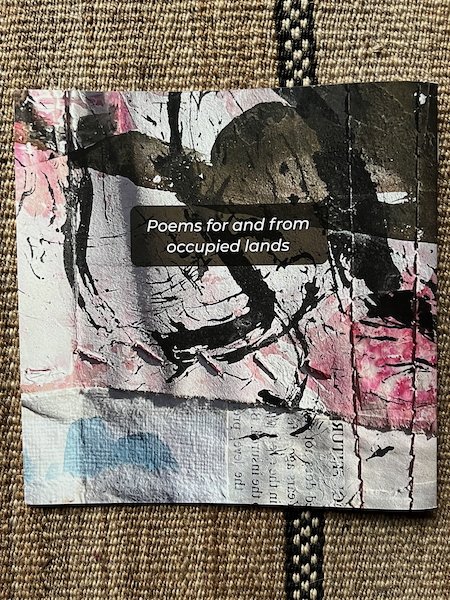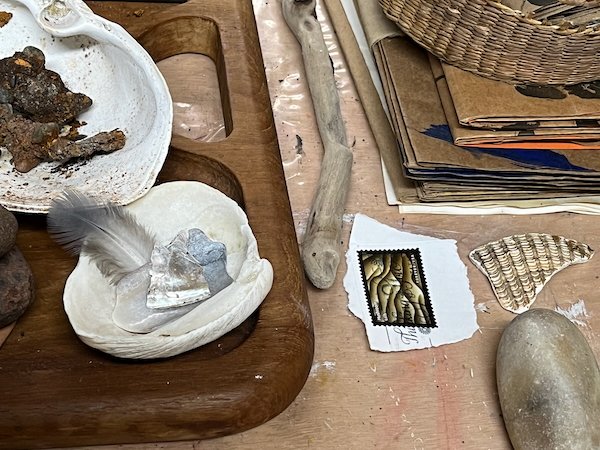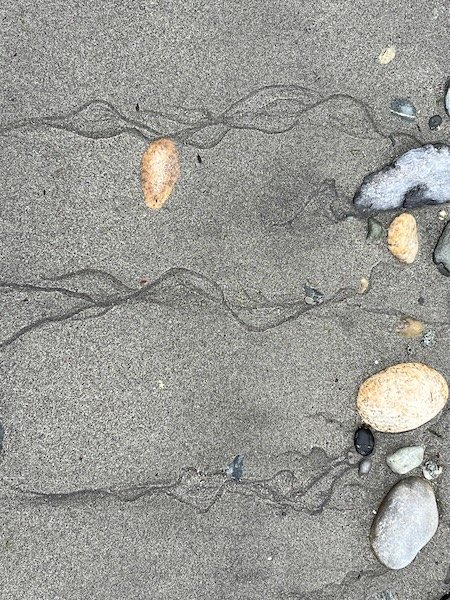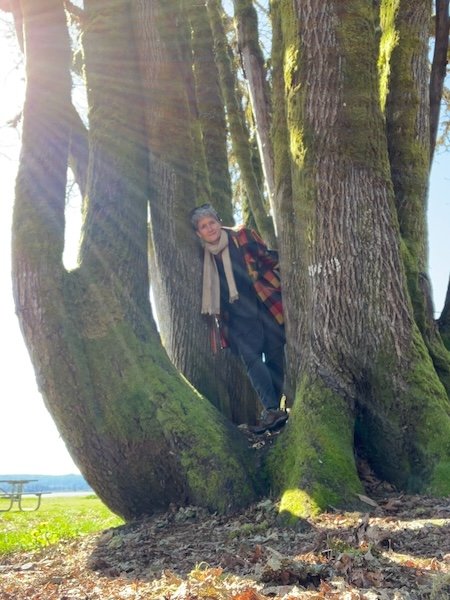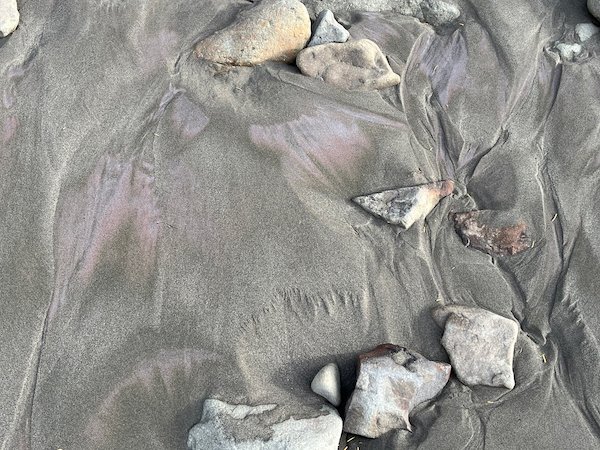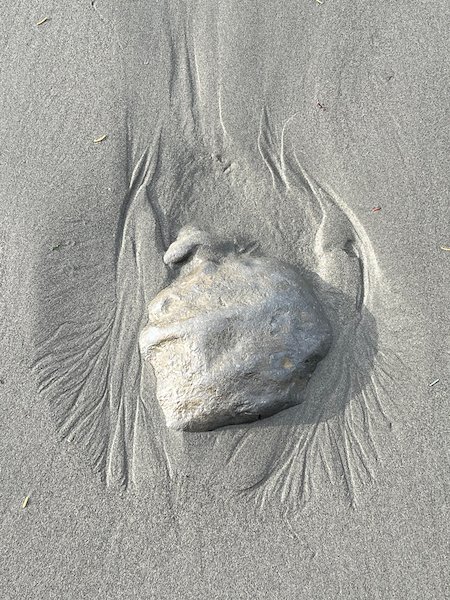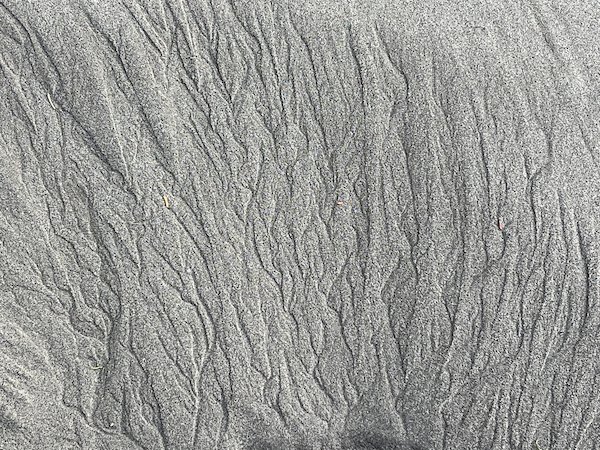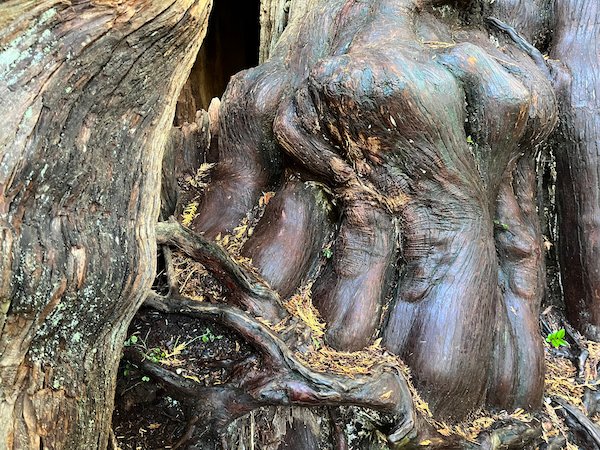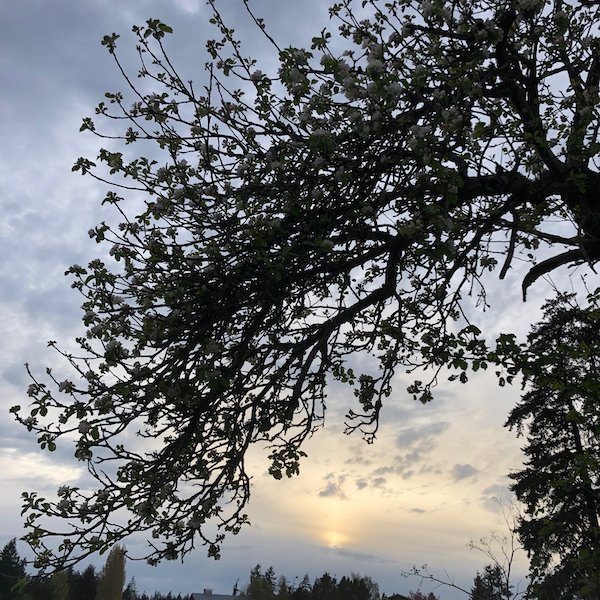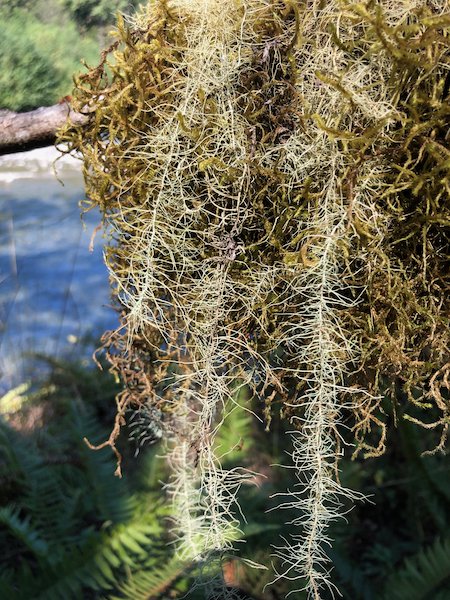There’s been a lot of wonder and amazement in the more negative, disbelieving sense lately… as in, I wonder how people can be so insensitive to the suffering of others, to the ongoing genocide in Gaza and continued targeting of immigrants and indigenous folks everywhere. And I wonder how anyone can be so selfish and short-sighted as to prioritize tax cuts for the insanely rich, at the expense of social programs that benefit everyone…. But this train of thought could lead to madness, given the amount of fodder being generated every day. Instead, I wanted to share some wonder and amazement of the more wide-eyed, receptive and enthralled variety, in part because I believe it’s what can ground us in the sanity and compassionate care that is needed, always.
These images are from a visit to the Painted Hills of Oregon, where the various mineral deposits and volcanic action of the land have left layers of unusual color, some of which are only exposed through erosion. The lavender in the next photo is true color - purple dirt!
Against the deep cinnamon hills, the delicate greens of sagebrush and juniper gained potency. And the sky seemed to intensify its blue.
Some of the rocks were also blue, or an interesting blue-green that almost matched some of the sage, and was close enough to my sweater color that I had to pick up a sample, just for a photo.
Amidst all this far-out color and trippy landscape, I was also entranced by the basic, gentle blooming of a cherry tree on the land where we stayed.
A large part of my amazement these days is simply that spring happens, that all these plants bubble over with life in the form of buds and leaves and blossoms and so much outreaching growth it’s almost hard to handle. The giddiness of perceiving what all is going on - especially when the birds are calling, chasing around, busily gathering nest materials. It’s so energetic and happening, and yet so peaceful. The waving of bright green fir tips and flitting of warblers carries deep peace because it’s just so right, so much the way things are.
I have very few words these days, to counter the deliberate destruction going on, but to be still and look and listen continues to feel like a crucial practice.
True emptiness is clear and always present
masked by delusions for reasons we don’t know
how could what is real and what is false exist apart
flowers bloom and flowers fall when the spring wind blows
- Mountain Poems of Stonehouse, 92 - Red Pine translation
PS - I do keep adding to my poetry page, this one posted as a typewritten image on instagram last fall. Still working on the weaving blog post, and the weaving as well.
PPS - I wrote some commentary, added to yet another page. My virtual house of words, it is sprawling. Also just read this please - Arwa Mahdawi telling it like it is.
